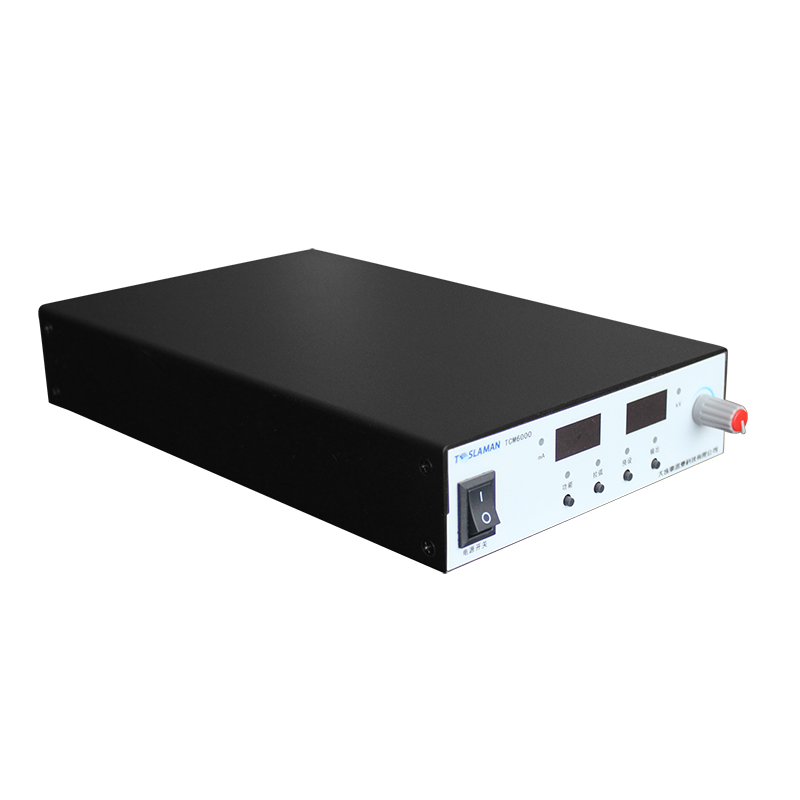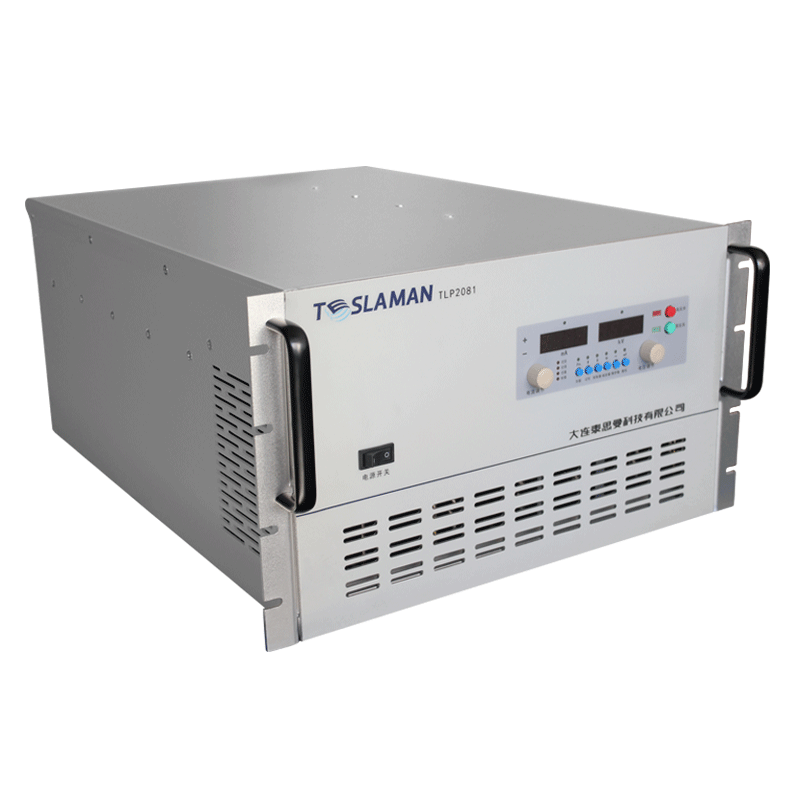Technical Challenges of High Voltage Power Supplies in Semiconductor Production
Abstract
From a professional technical perspective, this article deeply explores various technical challenges faced by high voltage power supplies during the semiconductor production process. By analyzing the special requirements of semiconductor production for high voltage power supplies, it reveals problems in aspects such as voltage stability, electromagnetic compatibility, power density, reliability, and service life, providing a reference for further research and optimization of the application of high voltage power supplies in the semiconductor field.
1. Introduction
As the core of the modern electronic information industry, the semiconductor industry has extremely high requirements for the performance and stability of production equipment. High voltage power supplies, as key components in semiconductor production equipment, are widely used in process steps such as etching, ion implantation, and electron beam lithography. However, the high precision, high cleanliness, and complex process environment of semiconductor production pose stringent challenges to the technical performance of high voltage power supplies.
2. Challenges in Voltage Stability
Semiconductor production processes have almost extremely strict requirements for voltage stability. In the etching process, even slight fluctuations in voltage can lead to changes in the etching rate and accuracy, affecting the pattern transfer precision of chips and thus reducing product yield. Traditional high voltage power supplies often struggle to achieve precise and stable voltage output under conditions such as load changes and power grid fluctuations. Moreover, semiconductor production equipment usually requires multiple high voltage power supplies to work in coordination, increasing the technical difficulty of voltage matching and stability control among these power supplies.
3. Challenges in Electromagnetic Compatibility
There are numerous precision electronic devices in semiconductor production workshops. High voltage power supplies generate electromagnetic interference (EMI) during operation. This interference not only affects their own normal operation but may also have adverse impacts on surrounding equipment and production processes. For example, electromagnetic interference can cause sensor data distortion, affecting the monitoring and control of the production process; it can also interfere with the trajectory of electron beams, reducing the accuracy of electron beam lithography. In addition, semiconductor production equipment is highly sensitive to electromagnetic fields, so high voltage power supplies must have excellent electromagnetic shielding and filtering performance to meet strict electromagnetic compatibility (EMC) standards.
4. Challenges in Power Density and Heat Dissipation
With the development of semiconductor processes towards smaller dimensions, the integration degree of production equipment is constantly increasing, leading to higher requirements for the power density of high voltage power supplies. Higher power density means achieving greater power output within a limited space, which will cause more heat generation in internal components of the power supply. If the heat dissipation problem is not effectively addressed, excessive temperature will accelerate component aging and reduce the reliability and service life of the power supply. Traditional heat dissipation methods often do not work well when dealing with high power density. Therefore, how to optimize the heat dissipation design and improve heat dissipation efficiency has become an important challenge for high voltage power supplies.
5. Challenges in Reliability and Service Life
Semiconductor production lines usually require long term continuous operation, and the reliability and service life of high voltage power supplies are directly related to production continuity and costs. In a complex production environment, high voltage power supplies are affected by various factors such as temperature, humidity, and dust, making them prone to problems such as insulation aging and component failures. In addition, the continuous upgrading of semiconductor production processes also puts forward new requirements for the performance and adaptability of high voltage power supplies. Ensuring that high voltage power supplies remain stable and reliable during long term operation to meet the growing needs of semiconductor production is an urgent problem to be solved.
6. Conclusion
High voltage power supplies face many technical challenges in semiconductor production, including voltage stability, electromagnetic compatibility, power density and heat dissipation, reliability, and service life. To meet the continuous development needs of the semiconductor industry, continuous innovation and improvement are required in power supply design, material selection, manufacturing processes, etc., to develop high voltage power supply products with better performance and higher reliability, thus promoting the high quality development of the semiconductor industry.




















